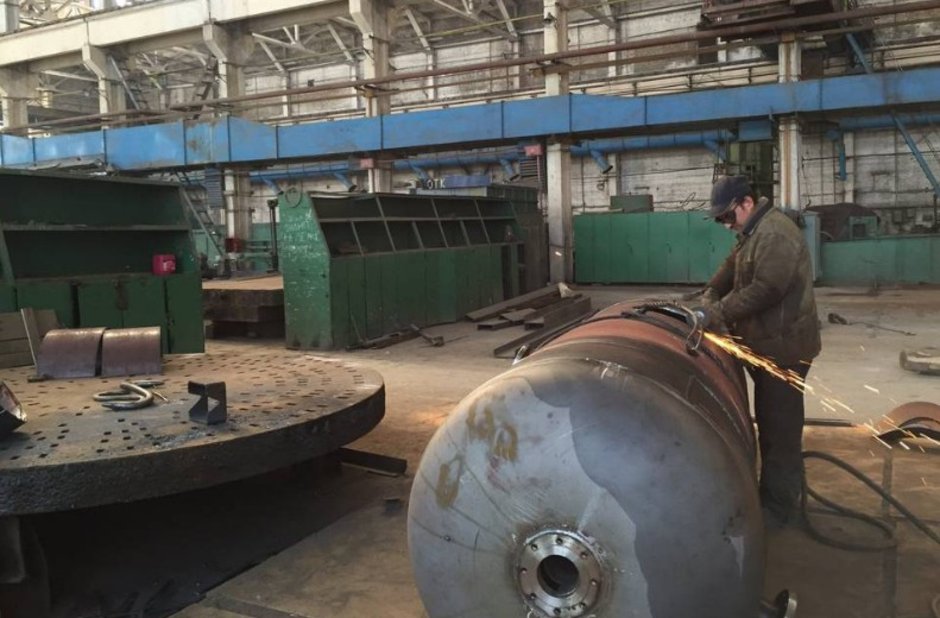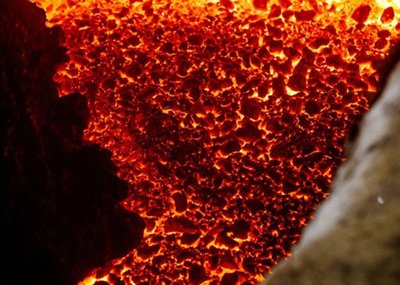Pivoting economy toward West proves difficult as companies struggle to compete in EU
BERDYCHIV, Ukraine—Billboards here hail the army’s fight against Russia-backed separatists in the east of the country, the statue of Lenin has been torn down and activists have covered the word “Russia” on a bank sign with Ukraine’s yellow-and-blue flag.
But the director of the machine-building plant in this city, a two-hour drive west of Kiev, is treading a familiar path as he tries to revive flagging sales—to Russia.
“On the one hand, it’s our enemy, but we haven’t stopped trade. I have a thousand people at the factory. They all want to eat and feed their families,” says Ihor Shchesnyakov, the 46-year-old chief executive of the Progress plant.
Ukraine’s pro-Western government has been trying to pivot away from Russia. It signed an association agreement with the European Union, secured billions in loans and other aid from the West and passed a law calling for the removal of all Soviet symbols from the public sphere.
But turning its economy toward the West is a more arduous task. Much of its Soviet-era heavy industry has long-standing ties to Russia and struggles to compete in Europe.
The separatist conflict in eastern Ukraine drove the country’s exports to Russia down 61.3% to $1 billion in the first quarter of 2015 compared with last year, while exports to the EU slipped one-third to $3.3 billion, the State Statistics Service said on Friday.
Gross domestic product shrank 17.6% in the first quarter, with industrial output down by more than one-fifth, the agency said.
The worst hit are plants in or around the combat zone that have suffered damage to equipment or severe disruption to supply chains. But the erosion of the Russian market is also crippling factories hundreds of miles away like Progress, which for years has depended on Russian buyers for its industrial equipment and is struggling to find customers in the EU.
In its heyday in the 1980s, Progress was at the heart of life in this city of some 80,000 people, providing accommodation for its 7,600 employees as well as a sports hall and swimming pool. The bulk of the factory’s production—including filters used in the metals and mining industries—were shipped to Russia.
The factory suffered a series of blows starting with the collapse of the Soviet Union in 1991. By 2013, business was just beginning to pick up after the global financial crisis, Mr. Shchesnyakov says, before Moscow started putting “spokes in the wheels” in response to Ukraine’s pursuit of closer EU ties.
Russia barred some imports from Ukraine, started tougher customs checks on others and encouraged Russians to buy domestically. Orders from Russia have shrunk by two-thirds in the last two years, although they still account for half of sales as the domestic market has also contracted, Mr. Shchesnyakov says. Sales to Europe and the U.S. make up a tiny amount.
As a result, the remaining workforce of some 1,100 has had working hours cut. The average full-time salary is around 3,000 hryvnias ($150) a month.
Russian officials say Ukraine needs to join its nascent Eurasian Economic Union if it wants preferential trade ties, and has demanded that Ukraine rewrite its free-trade deal with the EU or face further restrictions.
At Progress, where a Soviet red star still stands over the main offices, the EU offers little hope.
“Europe isn’t waiting for us. We aren’t needed there,” says Mr. Shchesnyakov. “We are trying to push into the European market, but our share is very small, and it’s not growing.”
Others say owners used factories as cash machines, making insufficient investments to improve production or to break into new markets. “Technology in Europe is many times better,” says Hennadiy Losovskiy, deputy chief executive at Progress. The withering of Ukraine’s currency, the hryvnia, hasn’t helped the factory, as it relies on imported parts, he says, pointing to an Italian thermometer and a Slovakian meter on his desk.
Larger enterprises have also been hit, including pipe makers and railway-car manufacturers. The country’s largest steel mill, owned by the world’s biggest steelmakerArcelorMittal, has all but halted sales to Russia and is looking for new customers in the Middle East and North Africa.
“I’d be lying if I said that it was easy to sell to one market one year, and then quickly switch the same production to other countries,” Economy Minister Aivaras Abromaviciussaid in March. “We have to be realistic.”
Ukraine’s large agricultural exports, including grains, have fared much better, recording only a tiny dip in earnings last year, because they aren’t as dependent on the Russian market.
Volodymyr Vlasyuk, director of a consultancy that advises companies on selling abroad, said Ukraine’s best chance for recovery is for Western producers to use the country as a manufacturing site.
That model is helping one Berdychiv firm to flourish. The town’s main clothing factory was taken over by a Hungarian company over a decade ago, and now ships more than 90% of its products to Europe, said Chief Executive Halyna Stukalo.
The average monthly salary is 3,600 hryvnias ($175), topped up in recent months as the currency slid. Ms. Stukalo says the company recently made a new hire as a security guard: one employee’s husband, who used to work at Progress.
But the factory is an exception. Walls and lampposts here are covered with fliers offering jobs 200 miles to the west in Poland, an EU member.
Source: Wsj.com
×



